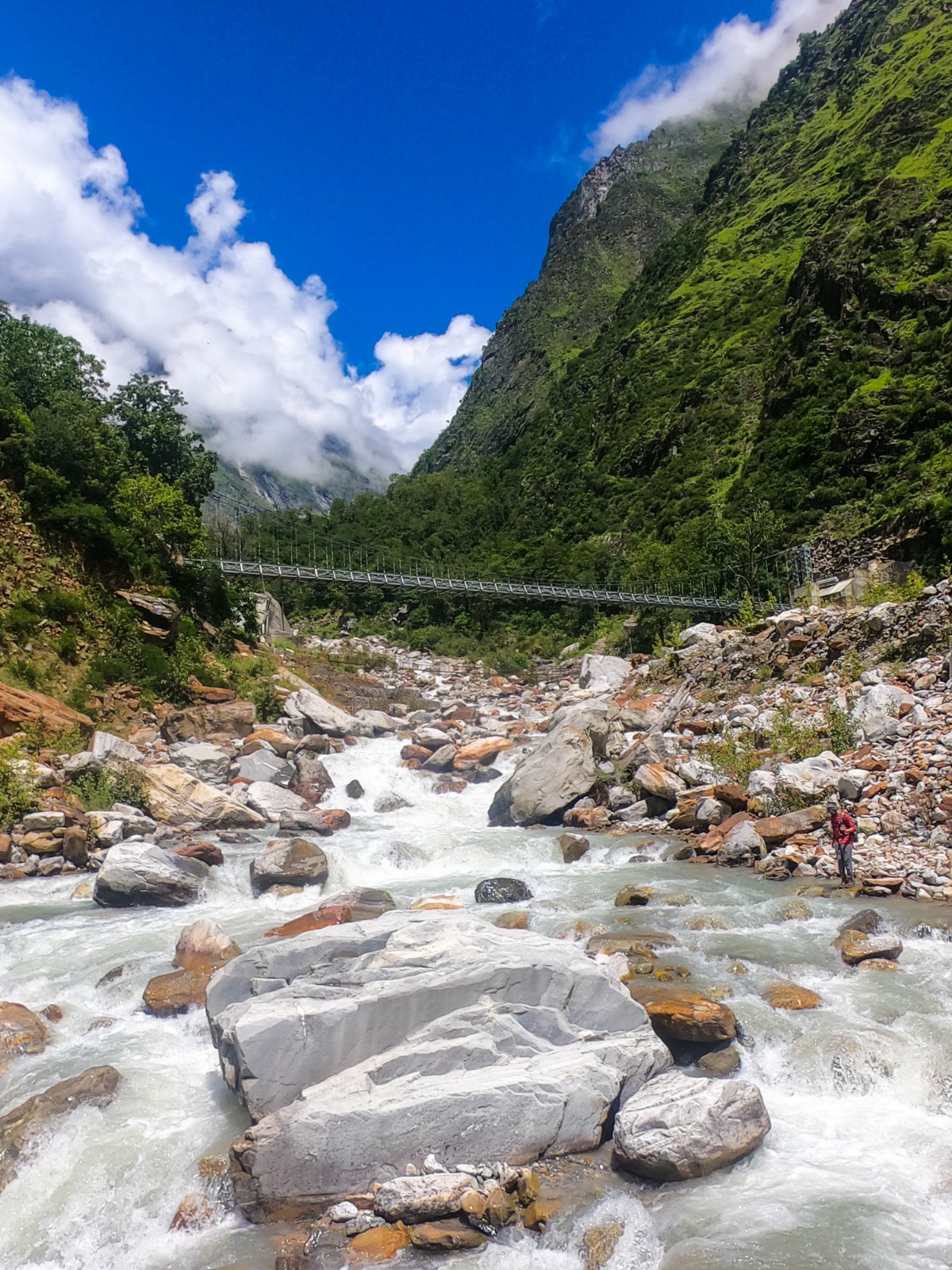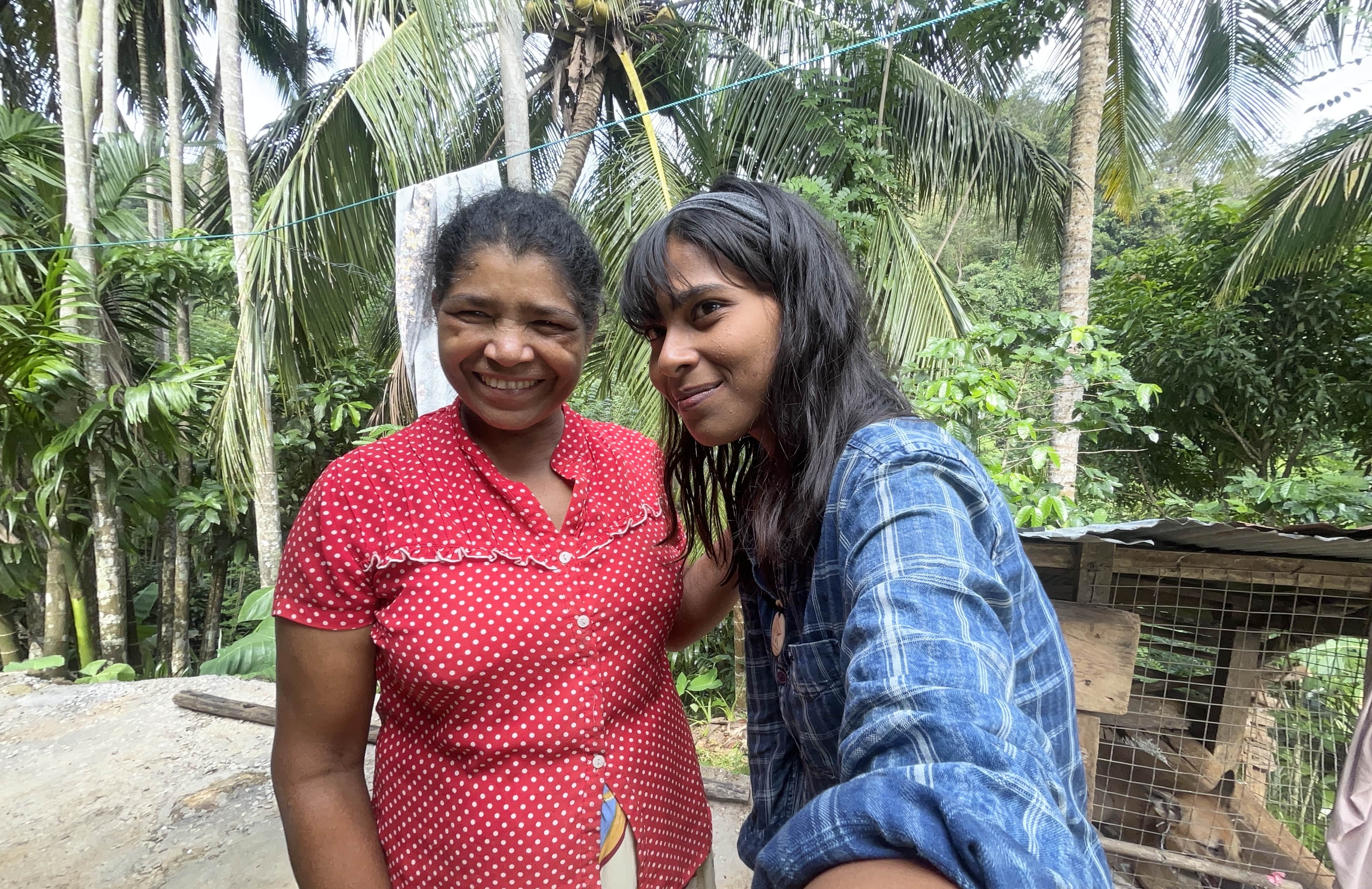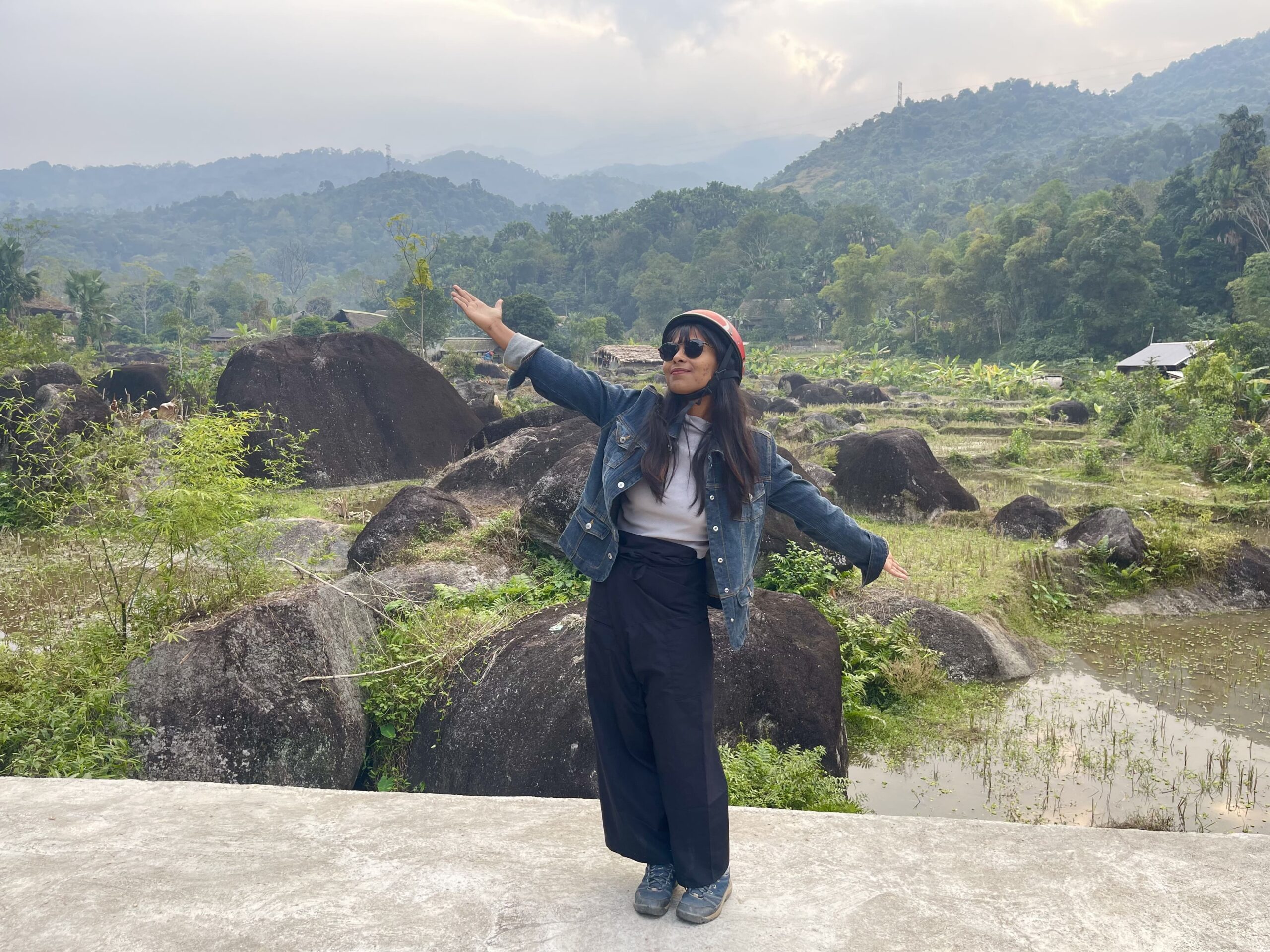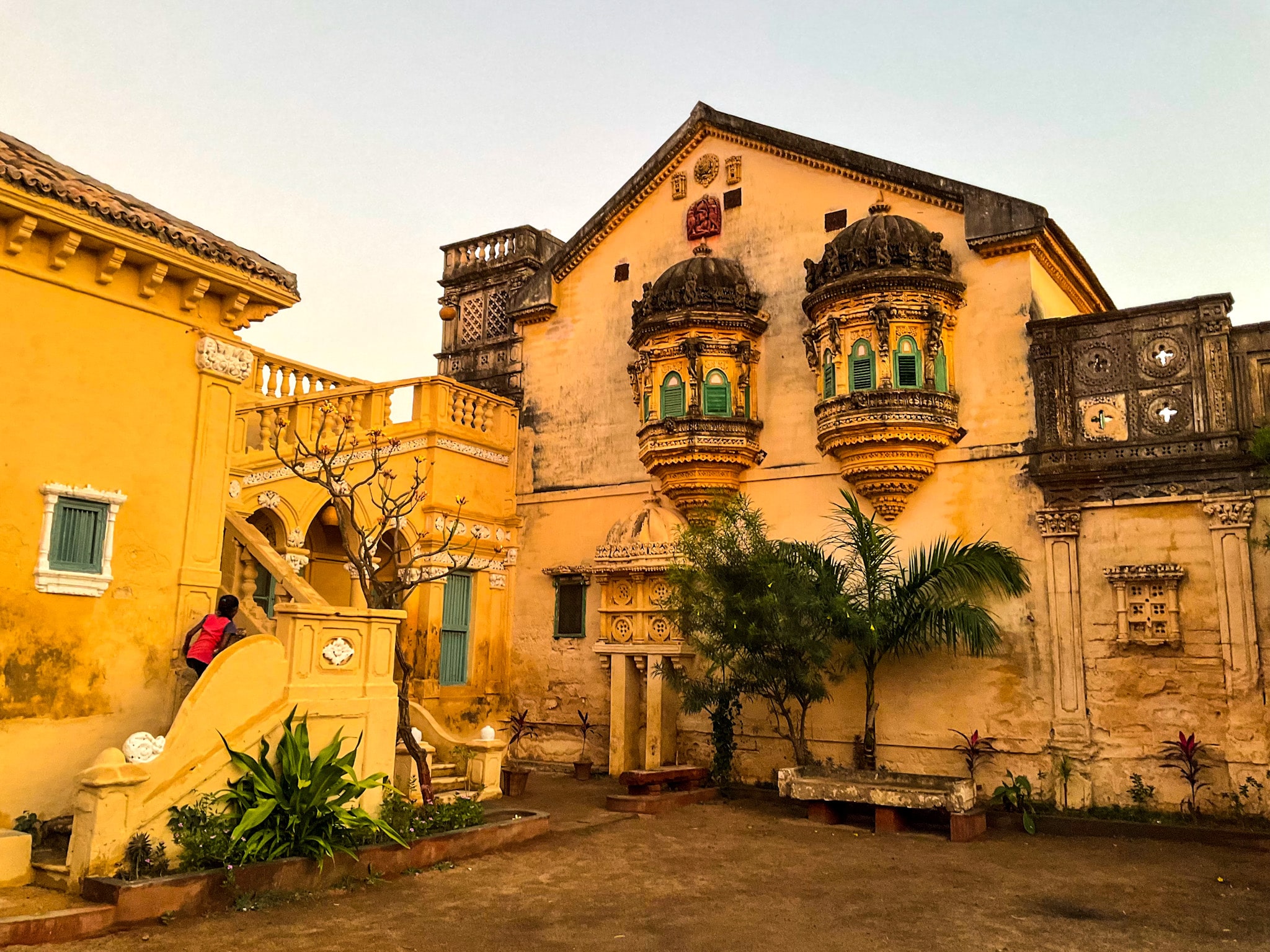Valley of Flowers and Hemkund Sahib Trek in the Himalayas – itinerary, distance, costing, places of recommendation, the best time for hiking the trail – a detailed guide.
About Valley of Flowers National Park
Before going into detail about the trek, let’s take a look at Valley of Flowers National Park, a UNESCO Heritage Site. The trek to the National Park is considered to be the most popular and favourable trek in Uttarakhand. Located in Chamoli district, as beautiful as it gets, the National Park construes Nanda Devi Biosphere Reserve, coupled with Nanda Devi National Park in Pithoragarh district. Within an arena of 87 sq km, the valley blooms endemic flowers, diverse over 600 species, such as daisies, marigolds, poppies, orchards, primulas, and the endangered Brahma-kamal. Wildlife species like the red fox, the snow leopard, black bear, langur, and the Himalayan weasel, can also be discovered in and around the valley.

The valley first received recognition upon the incidental discovery of its existential splendor, by three British mountaineers, lost in the woods. The full-bloom sparsed over the long and wide stretch, at an altitude of 3600m above sea level, merged with its name ‘Valley of Flowers’.
Entry fee for the trek – Rs. 150
Timing – Entry is allowed from 7 am to 12 noon. You will have to leave the valley by 5 pm.
About Hemkund Sahib Gurudwara
Hemkund Sahib Gurudwara, one of the high-altitude Gurudwaras in the world, is perched at 4329m in the Chamoli district of Uttarakhand. Translated from Sanskrit, ‘Hemkund’ literally means ‘Lake of Snow’, owing to the proximity of a glacial lake by the banks of the Gurudwara. Dedicated to Shri Guru Govind Singh Ji, the tenth Guru of the Sikh lineage, it is mythologically believed that Govind Singh Ji meditated by the lucid-green lake, also the base of the Saptshring glacier. Seven snow-capped mountains approach the lake, the Gurudwara, and the Lakshmana temple in a perpetual circle. Lakshmana is presumed to have meditated at the place of the temple to reimburse his deteriorating health and recover from the wounds of the war. Hemkund Sahib Trek is also followed along with the Valley of Flowers Trek in the same itinerary. (Read all about why the Gurudwara was built at 4329 meters in the insightful article by Infinite Journeys).

What struck me most was the construction of, or rather the baby-thought of establishing a Sikh reverence site at such a high altitude in Uttarakhand, the history of which I was not aware at that time. The mid-1960s marked the construction of the complex of the Gurudwara, steered by the supervision of Army General Harkirat Singh and the skilled creativity of Architect Manmohan Singh Siali, through the hard battle of weather, immobility of materials, and ever-changing seasonal terrain.
Every month this pilgrimage site is visited by thousands of devotees and trekkers from all over the world.
Also read – Panchachuli Base Camp Trek – Camping in the Rain
A Six-Day Itinerary for Valley of Flowers Trek
The itinerary for the Valley of Flowers Trek starts from Dehradun. Wherever you are traveling from, Dehradun Railway Station or Jolly Grant Airport in Dehradun should be your drop-off point.
Day 1: Dehradun – Joshimath – Govind Ghat
Distance – 302 km
Dehradun connects Joshimath through Srinagar. Direct buses from Dehradun can be availed all the way up to Joshimath (289 km). Or else, shared jeeps from Dehradun to Srinagar, then Srinagar to Joshimath – is another convenient and budget-friendly option. The same route can also be accessible on local buses.

Once you reach Joshimath for the Valley of Flowers Trek, another shared jeep (Rs. 60) will take you to Govind Ghat on the Badri-Mana Road (Distance – 19 km). Start early in the morning from Dehradun in order to reach Govind Ghat on the same day. Or else, you can stay the night in Joshimath. GMVN, charging Rs. 200 per dorm bed and Rs. 500 for a three-bedded private room with an attached washroom, can be the most budget-friendly choice, but also may-not-be-comfortable.
A guest house opposite GMVN, ‘Paying Guest House‘ can be a more comfortable alternative, charging Rs. 800, Rs. 1000, and Rs. 1200 for different types of rooms. If budget is not so much of a barrier to you, this guest house, run by a local family, should be a pleasant stay. The food, prepared by the local family, without oil and spices, can be a healthy warm-up for the long Valley of Flowers trek ahead.
They were kind enough to keep our luggage in their storeroom for three days.
Just so you know, there’re plenty of guest houses in Govind Ghat as well, the base of the trek.
Within an arena of 87 sq km, the valley blooms endemic flowers, diverse over 600 species, such as daisies, marigolds, poppies, orchards, primulas, and the endangered Brahma-kamal. Wildlife species like the red fox, the snow leopard, black bear, langur, and the Himalayan weasel, can also be discovered in and around the valley.
Day 2: Govind Ghat – Poolna – Ghangaria

Distance – 10 km from Poolna to Ghangaria
Poolna, the alternate base of Govind Ghat for the Valley of Flowers trek in the Himalayas, saves 4 km of additional hiking towards Ghangaria. You can either start hiking from Govind Ghat or hire a shared jeep as far as Poolna, where you need to check-in officially for the trek. If you are coming in your own vehicle (we had the bike!), you can easily reach Poolna by road and safely park your vehicle in the shaded stalls by the roadside. They charge Rs. 100 per day.
The rest is a monotone. Stony paved 10-km-long trail (read road), with an indebted diversion of a sprightly river in-between, before another persistent stretch of furnished steps deserts you to the ultimate for that day, the beautiful Ghangaria.
But no worries, we unearthed our own small tokens of adventure in the monotone, only accentuated upon our arrival in Ghangaria, where the charm of greenery resting around a helipad exceeded the sweat shredded in 10 km of trekking. Ghangaria would be your good night’s stay, either at a campsite (pretty expensive) or a guest house (Rs. 400-500). Even better, pitch your own tent in the vast valley of Ghangaria. And leave for Valley of Flowers the next morning.
Also read – Khaliya Top Trek – The Best One-Day Trek in Munsyari
Day 3: Ghangaria – VOF National Park
Distance – 4 km

What was to be Valley of Flowers Trek ended up in Hemkund Sahib Trek, for me.
I never aimed for the Hemkund Sahib trek, to be very honest, being totally immersed in the vision of roaming through and around the flower-crammed valley. But, man, am I not so undeniably delighted to trek up to Hemkund Sahib!
I like how things work out even when they seem not to.
That is to say, the valley had already stripped itself of its darling buds! All you get is a stark valley, hurried in the change of the season. We missed the full-bloom season, strictly between 15th July to 15th August. Also this year, the incessant rain has completely brushed-off any bloom there could have been.
The distance from Ghangaria to the end of VOF is 4 km altogether. But the entrance to the valley ends in 1-1.5 km of trekking uphill from Ghangaria. The gate opens at 7 am and you need to pay an entry fee of Rs. 150. Explore the valley till 5 pm and trek back to Ghangaria.
Day 4: Ghangaria – Hemkund Sahib

Distance – 7 km uphill from Ghangaria
Considered a moderate-to-difficult trek, Hemkund Sahib Trek can be quite a strenuous stretch for you if you are not physically fit. That is to say, the trail is neat with well-informed stairs, and can easily be undertaken solo, but man there are stairs! Particularly the last bit, after a waterfall floods the soles of your hiking shoes, the stairs are so steep that railings have been instilled alongside for easier climb! (Mind you, Valley of Flowers Trek is much easier than Hemkund Sahib).
Want to notch it up a little? Climb the boulders! It’s surely more diverting and adventurous than a monotonous trail of stairs, and stairs! While it would take a significant toll on you, what lies up and ahead would take your breath away. The snow-lapped mountains whose white can only be remembered through memory would be yours and only yours to hold onto. The Gurudwara with its lake and seven mountains is so incredibly spectacular that don’t be surprised if tears roll down your eyes! (Or is it just me?)
On my way down, while resting for lemon juice at a local kiosk (with no hope of making it to Valley of Flowers that day), the local family of a mother and her daughter told me of a further hike even beyond the Gurudwara for enchanting bird-callings. Sure to be pursued the next time!
Day 5: Ghangaria – Poolna – Joshimath
‘The Poolna-Ghangaria uphill’ you embarked on the first day of the trek now moves reverse to ‘Ghangaria-Poolna downhill’ in half the time (2-3 hours). If you haven’t taken a pit-stop in Joshimath on the initial day, I would recommend you spend a night in Joshimath this time.
Day 6: Joshimath – Dehradun
The shared jeep or local bus would take you back to Dehradun via Srinagar. You know the drill!
Also read – Tungnath-Chandrashila Trek – Surviving A Snowstorm
Best Time For the Valley of Flowers Trek

Hemkund Sahib remains closed during winter, and heavy monsoon is never recommended for a high-altitude trek. The Gurudwara reopens in May, and the trek can be undertaken till the beginning of hard-core winter.
The best time for Valley of Flowers Trek in the Himalayas is in-between 15th July to 15th August. Anytime before or after the stipulated time period remains bereft of full-bloom.
Tips for the Trek
- The area from Ghangaria towards Hemkund Sahid gets surpassed through the one-sided dense forest. The locals cautioned us against an early morning trek (ours was too early, 4 am!). The chances of coming across a bear before the first ray of the sun revealed behind the glacier-mountain are exceedingly probable. Valley of Flowers trek should only be started in daylight, the earliest rendition of it can be 6 am.
- Mules are alternate means of transportation. If you are old or physically disabled, you can hire mules from Poolna or Ghangaria towards VOF. But if you are physically able, kindly use your own feet for better results! And save the mules from the agony of carrying your fat around.
- If you have time in hand, extend your itinerary beyond the trek and explore nearby places like Karanprayag, Vishnuprayag, Niti Valley, and Gauri Kund.
- Last but not least, carry enough water, even though you will find a water stream en route to both Valley of Flowers and Hemkund Sahib. The few villages you will pass through have Maggi (don’t ever do that to yourself, carry dry fruits and energy bars), Daal-Chawal, and Burans Juice for you.
Nearby Attractions to Valley of Flowers National Park
1. Joshimath

On the way to the base of Valley of Flowers Trek, Joshimath really did take my breath away. Daydreaming about Uttarkashi-Gangotri kinda side-stepped on my pre-perception of how magnificent Chamoli district can be, as unaware as I was of its mammoth waterfalls frequently and rightly misplaced right next door! Chamoli only reminded me of Pithoragarh, not that there was any explicit resemblance, there can never be. Yet it did, for its beauty exhumed the similar awe and gratefulness Pithoragarh only had the upper hand on.
Chamoli, Garhwal’s treasure, was ours to dig out in two weeks. But could we? Badri-Mana, we had to leave you guys behind, with the assurance of circling back next year! The same goes for Valley of Flowers, hanging on the dead-end of its bloom now.
The bike trip (my place on the backseat, as always) that started from Mussoorie, passed through my favourite Devprayag, then Rudraprayag, and halted in Joshimath for two days, incidentally. It wasn’t as smooth and accommodating as the sequence above. Hesitations, permutations, and the further permutation-combination of the permutations later- our fourth day placed us on the roof of the GMVN. Oh, the treacherous mountain-seige!
The gigantic bites of the tiny mosquitoes at GMVN certainly ensured a comfortable night’s sleep. We couldn’t start the Valley of Flowers trek the next day, the way we had planned, being devoid of sleep. Hence another day had to be spent in the beautiful Joshimath, at Paying Guest House, lurking around Vishnuprayag, Gauri Kund, and Niti Valley.
The valley first received recognition upon the incidental discovery of its existential splendor, by three British mountaineers, lost in the woods. The full-bloom sparsed over the long and wide stretch, at an altitude of 3600m above sea level, merged with its name ‘Valley of Flowers’.
2. Vishnuprayag

Distance – 12 km from Joshimath
What happens in the monsoons in Uttarakhand? You get stuck, then you try to advance in another direction, and you get stuck again! Plans, planned only on the road, become ideally impromptu, the way they should be!
Keeping our luggage in the GMVN in Joshimath before the trek, we were all set to explore Mana, the last Indian village before Tibet hits the ground. Interestingly enough, we couldn’t even reach as far as Govind Ghat, owing to the boulders that unpaved our paved determination to go around Badrinath.
Vishuprayag, one of the five confluences that carry forward the Ganges, is the meeting base of Alaknanda and Pindari. Muddy in grey and aggravated in white – two opposite forces smear over each other and shape into one entity.
Badrinath, Mana, Niti Valley – when nothing materialized, we spent the evening in Vishuprayag with junk food (always consciously avoided, but Chips and Maggi don’t hurt once in six months) and figuring out the exact point of amalgam (practically impossible). And dreaming of the Valley of Flowers Trek!
3. Niti Valley in Uttarakhand

Distance from Joshimath – 87 km
Why shouldn’t plans work out?
So that we can digress our way to the unplanned, unchained to our idea or reality of a plan!
So that army officers with horses can glide along with a wave of hands and smiles, and one certain horse gets to relive ‘the-almost-confrontation’ with the tires!
So that we can savour the stones that glitter with or without sun and have apples and bananas with or without the company of Dhauliganga!
So that we can remember for this lifetime the sudden vision of the wide. The silver allusions of the mountains glistening in unnamed genesis and the serpentine waterfalls smashing from their right branch to the left, only to fall over imagery! Those sudden moments remained, more than the Valley of Flowers Trek!
So that we can meet a monk from Badrinath hibernating for 40 years inside a cave before moving to a hut beside Gauri Kund in Tapovan!
Long story short, we couldn’t reach Niti Valley. You can guess the reason, another landslide! Having been barricaded a few kilometers prior to Niti Valley, we relished what we could keep for ourselves, the current of the river and the stones.
Click here to find an itinerary for the trek on Google Maps, and the places to visit around or from Valley of Flowers.
I hope I could cover most of it for the Valley of Flowers and Hemkund Sahib Trek. Good luck hiking in the Himalayas!
Do you want to know more about other treks in the Himalayas?
Support my solo adventures around the globe by joining the Patreon community.
Live the Adventure
Get weekly articles delivered to your doorstep and stay up-to-date with my new travel stories.





Leave a Reply